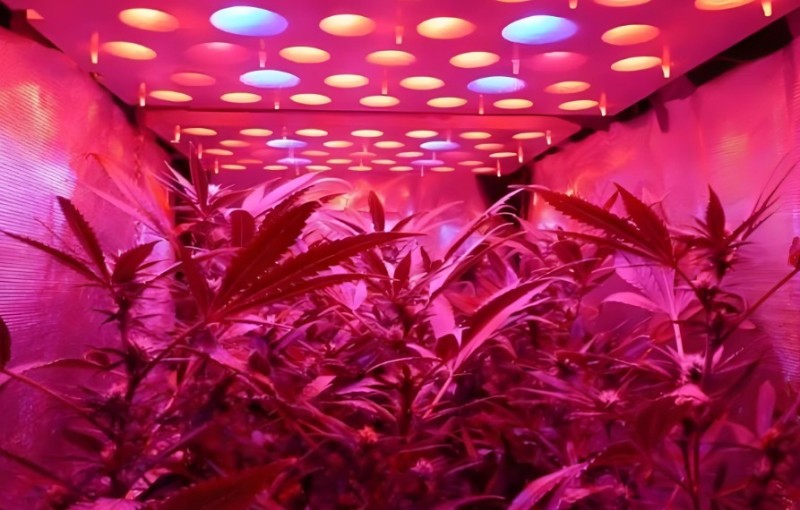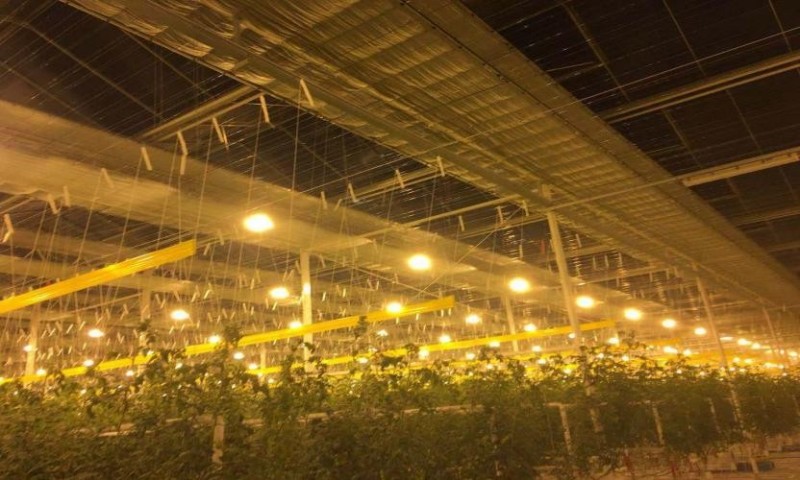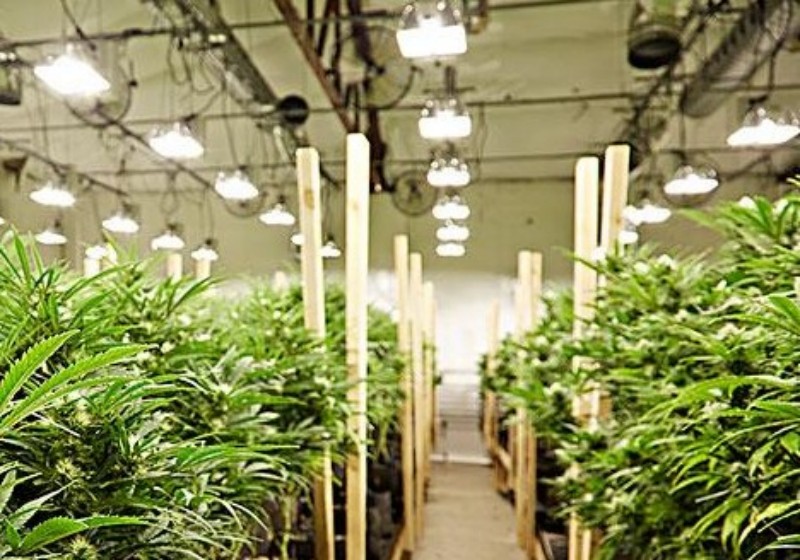Cannabis is a light-sensitive plant, and light plays a crucial role in its growth and flowering stages. Whether in traditional agriculture or modern greenhouse cultivation, light management directly affects cannabis health, flowering schedules, and yields. Through proper light management, cannabis growers can optimize growth cycles and improve both yields and quality. This article will analyze the light requirements of cannabis, the role of light in different growth stages, and light management in greenhouse cultivation.
1. Light Requirements for Cannabis Growth
Cannabis growth consists of two main stages: the vegetative stage and the flowering stage, each with different light needs.
1.1 Light Requirements During the Vegetative Stage
During the vegetative stage, cannabis plants primarily rely on light to promote the growth of leaves and roots. At this stage, providing 16 to 18 hours of light can maximize photosynthesis and nutrient absorption, accelerating plant growth. In a greenhouse environment, facilities like Chengfei Greenhouse can use intelligent temperature control systems and efficient lighting technologies to ensure cannabis receives consistent and sufficient light, greatly improving growth efficiency.
1.2 Light Requirements During the Flowering Stage
When cannabis enters the flowering stage, its light needs change. To trigger flower development, cannabis requires 12 hours of darkness and 12 hours of light each day. Prolonged light exposure will suppress flower bud formation, making light cycle control crucial. At this stage, reducing light hours helps accelerate the flowering process, promoting high-quality flower growth.
2. Light Quality: A Key Factor in Cannabis Growth
The quality of light, particularly the spectrum, also significantly impacts cannabis growth.
2.1 The Role of Blue Light
Blue light has a shorter wavelength and is primarily responsible for promoting the vegetative growth of cannabis, including leaf and stem development. Blue light helps enhance photosynthesis, thus promoting healthy plant growth. In a greenhouse, Chengfei Greenhouse can use smart LED lighting systems to precisely regulate the light spectrum, ensuring cannabis receives sufficient blue light during the vegetative stage.
2.2 The Role of Red Light
Red light has a longer wavelength and plays a key role in flower development and fruiting. During the flowering stage, increasing the proportion of red light can promote flower bud development, improving flower yield and quality. By adjusting the light spectrum, particularly when using LED lighting systems, growers can provide cannabis with the optimal amount of red light to optimize flowering.

3. Combining Natural and Artificial Light Sources
While cannabis can utilize natural light for growth, artificial light sources become particularly important under certain light-deficient conditions. In winter or high-latitude regions, greenhouses can supplement natural light with artificial lighting to ensure that plants receive adequate light year-round. Chengfei Greenhouse uses energy-efficient LED lights as supplementary light sources to ensure that cannabis plants grow healthily despite seasonal changes.

4. The Impact of Light Management on Cannabis Yield and Quality
Proper light management directly impacts cannabis yield and quality. A well-regulated light cycle can promote healthy cannabis growth, increasing leaf area and root development, which in turn boosts the efficiency of photosynthesis. Precisely controlling light during the flowering stage can help cannabis achieve higher flower yields and better potency.
4.1 Optimizing Light in Greenhouses
In modern greenhouse cultivation, light management is increasingly automated and precise. Chengfei Greenhouse uses automated systems to monitor light intensity and duration, ensuring that cannabis receives optimal lighting conditions at each growth stage. Additionally, the greenhouse adjusts temperature, humidity, and CO2 levels to further optimize the growing environment, ensuring high yields and top-quality cannabis.
5. Solutions for Insufficient Light
In some growing environments, cannabis may face insufficient light, which can directly affect growth speed and flowering. To address this, artificial lighting supplementation is an effective solution. By using energy-efficient LED lights, growers can mimic natural light conditions, precisely adjusting light intensity and spectrum to ensure healthy plant growth and prevent growth delays or yield reductions caused by light deficiency.
Conclusion
Light is an essential factor in cannabis growth, and proper light management can not only promote rapid growth but also significantly improve yields and flower quality. Greenhouse environments, especially those like Chengfei Greenhouse, can provide ideal growing conditions for cannabis by precisely controlling light cycles, spectrum, and intensity, optimizing the growing process and improving overall efficiency. Optimized light management offers a more efficient and sustainable growth path for cannabis cultivation.

Welcome to have a further discussion with us.
Email: info@cfgreenhouse.com
#Cannabis Light Requirements
#Cannabis Growth Cycle
#Cannabis Photoperiod
#Effect of Light on Cannabis
#Cannabis Flowering Light
Post time: Jan-25-2025







 Click to Chat
Click to Chat